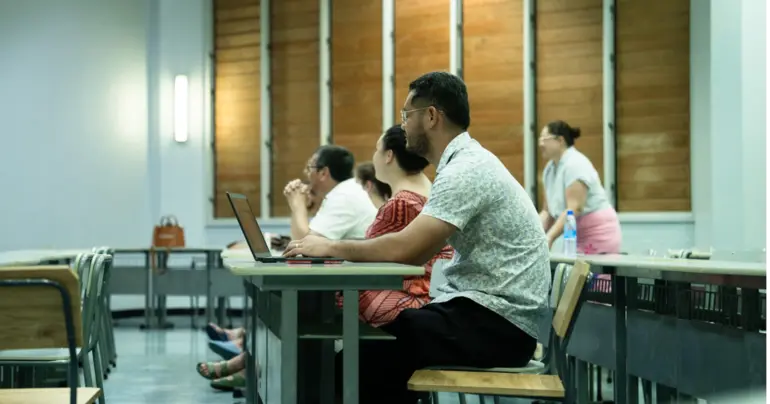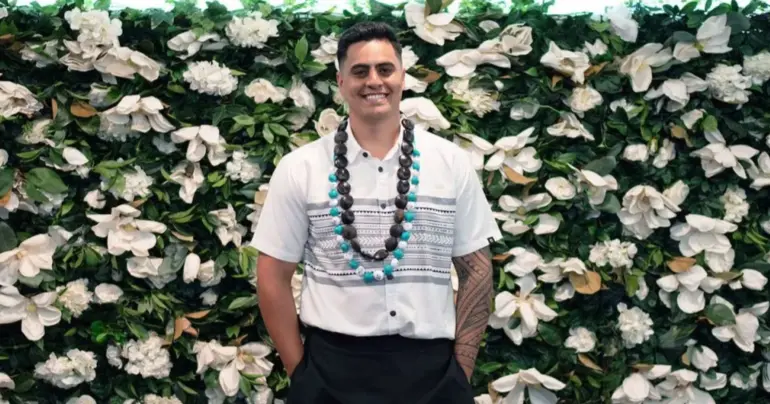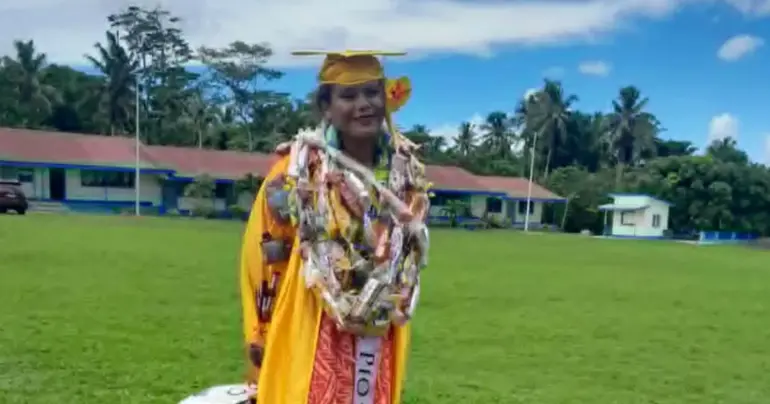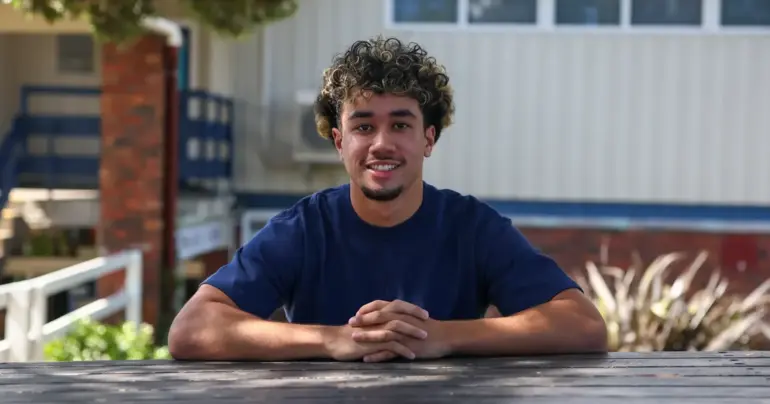Tobacco makers reminisce about historic craft
Traditional tobacco making is believed to be a process with ancient roots in Samoa and a skill passed down by families through generations.
Cultivating, harvesting, drying and selling is not just any kind of job, according to an elderly seller at the Fugalei market who described it as an "acquired art form"
Another tobacco maker and seller, Lafaele Vaifale Vea, another tobacco maker and seller, the whole process of traditional tobacco manufacturing has to be performed with patience.
“I was 25 when I started this journey so it’s been eight years since I’ve acquired this skill, this has contributed to a lot of my individual successes and I enjoy it," he said.
And he says the rewards of being part of the trade have paid dividends for him and his family over the years.
“I have been able to stay home to look after my children while my wife goes to work and this is a positive aspect of my job,” added Lafaele.
He then proceeded to explain the methods of tobacco production that he gradually got to master over the years.
He said tobacco growing can be futile if the soil is dry so he covers the soil with coconut husks to ensure other benefits such as nutrients from the husks also go into the soil.
Keeping the soil moist, he leaves the plant to grow for two months before its leaves are ready to be harvested.
After two months the leaves are ready to be broken off and left to hang in a basket for two days to properly ripen. After the two days the leaf stalk as well as its midrib (backbone of the leaf) is ready to be pulled off of the leaves to be cut.
The remains are then chopped up into tiny pieces and are left in the sun to dry. After 10- 20 minutes of drying the tobacco is ready for selling or consumption.
Lafaele single handedly plants 200 tobacco plants a month in his backyard and on a good day can generate close to $1200 a day, especially when there is rising demand and a shortage in supply.
“During the tobacco shortage I make around $1200 a day and due to my tobacco sales I’ve been able to purchase a car just last week,” he said.
In the mid 20th century The New Zealand museum “Te Papa Tongarewa” collected “sai tapa’a (dried wrapped tobacco leaves) that was made using tobacco plant fiber and is now a historical collected piece of the museum credited to Samoans.
A riveting account in the museum piece explains the ancient production process:
“Bundles of leaves are twisted by the women into lengths called fili, and eight to ten of these twists, folded into sections of paogo leaf and bound tightly with fau fibre lashings, form a wrapping or container called a sai, rather similar in shape to a belaying-pin or a skittle.
“Men prepare the lashings and perform the task of binding, straining the lashing on tightly with one end usually tied to a post of the house.
“For consumption, leaves are untwisted from the fili, dried over a match-flame or a glowing section of coconut husk and then rolled into cigarettes with strips of dried banana leaves (sului).
“The whole cigarette is called utufaga.”










